CARLITO’S WAY (1993)
A Puerto Rican former convict, just released from prison, pledges to stay away from drugs and violence despite the pressure around him...
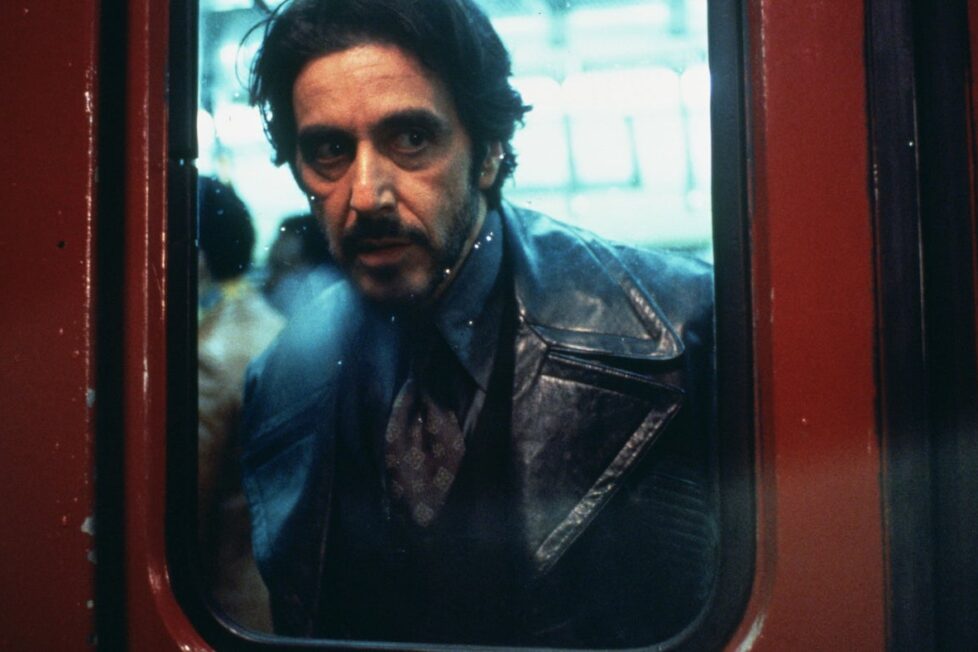
A Puerto Rican former convict, just released from prison, pledges to stay away from drugs and violence despite the pressure around him...


For Brian De Palma, Carlito’s Way came at a time when the director was moving in a more commercial direction, from Scarface (1983) through to Bonfire of the Vanities (1990), onto this film, and then the unabashedly crowd-pleasing Mission: Impossible (1996). De Palma was always a visual and clever filmmaker, so these characteristics didn’t disappear, but they were put in the service of bigger and more conventional human stories which didn’t eschew formula, even if it was formula filtered through De Palma’s own stylised vision.
Three of his finest films (Carlito’s Way, Scarface, and 1987’s The Untouchables) come from this period, and though De Palma conceals formula quite effectively, at least moment-to-moment, they all adhere ultimately to an old storyline: the character who has to choose between remaining true to his principles and achieving his goals. In The Untouchables, he was law enforcement agent Eliot Ness (Kevin Costner), but in both Carlito’s Way and Scarface he was a gangster played by Al Pacino.
They are indisputably not the same character in the same universe—Carlito’s Way drew from two 1970s novels by Edwin Torres, especially his After Hours, while Scarface was based on a 1929 novel and the 1932 film of the same name. But if you overlook the chronological and geographical discrepancies, the early life of Carlito Brigante in Carlito’s Way might look very like the life of Tony Montana in Scarface.
Close parallels between the two movies are too abundant to ignore, and it’s difficult to believe they’re simply down to De Palma liking certain stylistic touches. Both open in black-and-white before being shot predominantly in colour. The ‘Escape to Paradise’ poster which a (possibly) dying Carlito lingers on at the beginning of Carlito’s Way is rather like the first sign we see at the Little Havana Restaurant where Tony Montana gets a job, and also resembles a huge mural on the wall of his later boss Lopez (Robert Loggia); the ubiquity of these paradisiacal images underlines how universal it is to dream of things we don’t, and perhaps can’t, have.
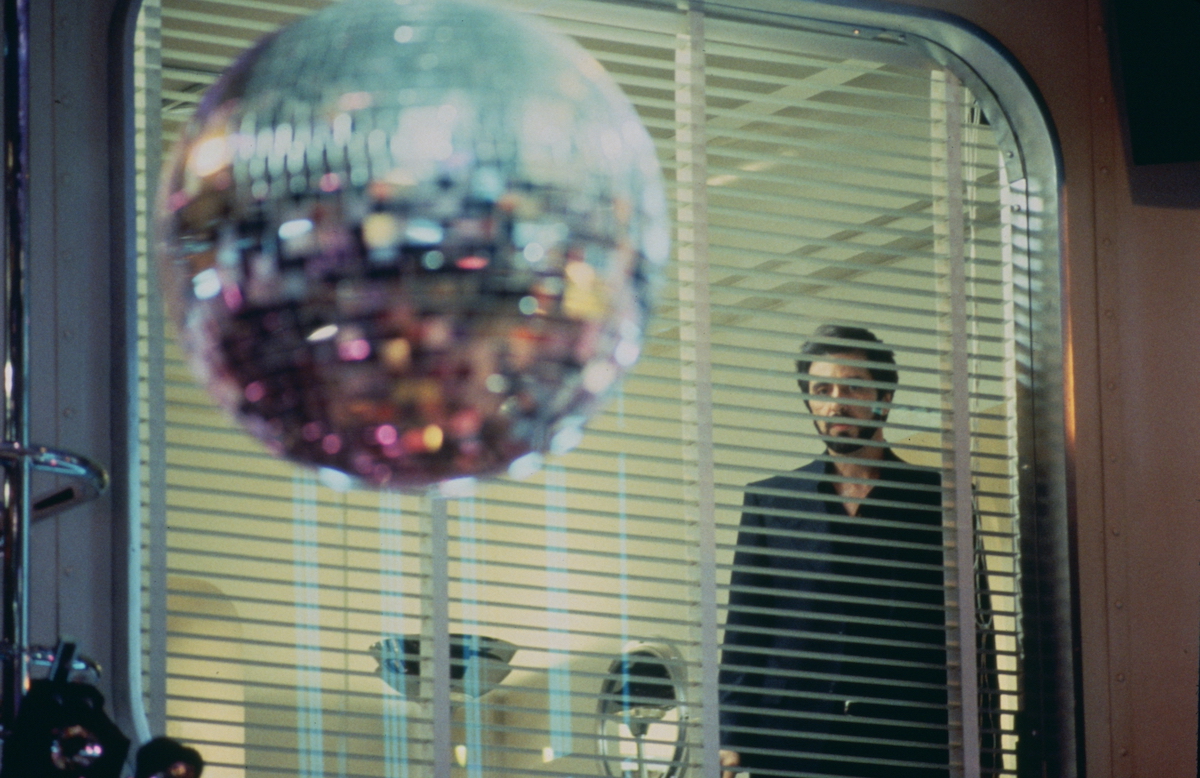
Similarly, Tony’s first sight of Elvira (Michelle Pfeiffer) and his immediate longing for her foreshadows Carlito’s glimpse of a woman whose resemblance to his former girlfriend, Gail (Penelope Anne Miller), impels him to seek her out again: more aspirations to the probably unattainable.
The similarities continue. Nightclub scenes in both movies are strongly alike, right down to the way that characters sit around a table. Stairs, in Scarface, and escalators, in Carlito’s Way, are at the centre of the final set pieces. The build-up to the murder of Kleinfeld (Sean Penn) in Carlito’s Way feels much like the last minutes of Rebenga (Roberto Conteras) in Scarface, though the element of surprise in the latter film is more dramatic. Tony’s confrontation with Lopez in a nightclub anticipates Carlito’s confrontation with Benny Blanco (John Leguizamo).
The irony that Tony, toward the end of Scarface, never notices on his obsessively-watched CCTV the attackers who’ll finally bring about his downfall is similar to the way both Carlito and Kleinfeld are so focused on more obvious threats that they don’t realise where their actual assassins are going to come from. (Although in Scarface De Palma piles surprise on surprise until it becomes almost absurd… while in Carlito’s Way, he takes a more realistic approach. It’s a notable difference between the two films in general.)
It’s even possible, or at least I’d like to think so, that Penn’s ridiculous 1970s perm in Carlito’s Way is a callback to the hairstyle of Tony’s sister Gina (Mary Elizabeth Mastrantonio) in Scarface.
Of course, there are differences too, and not only in the details. Most importantly, while Tony Montana trusts nobody, Carlito trusts too much; and while Tony is young and hungry (at least at the beginning of Scarface), Carlito is tired and heading toward middle age. That they’re both undone by these completely different characteristics makes the two films viewed together even more fatalistic than they are separately: is there any way to avoid a bullet?
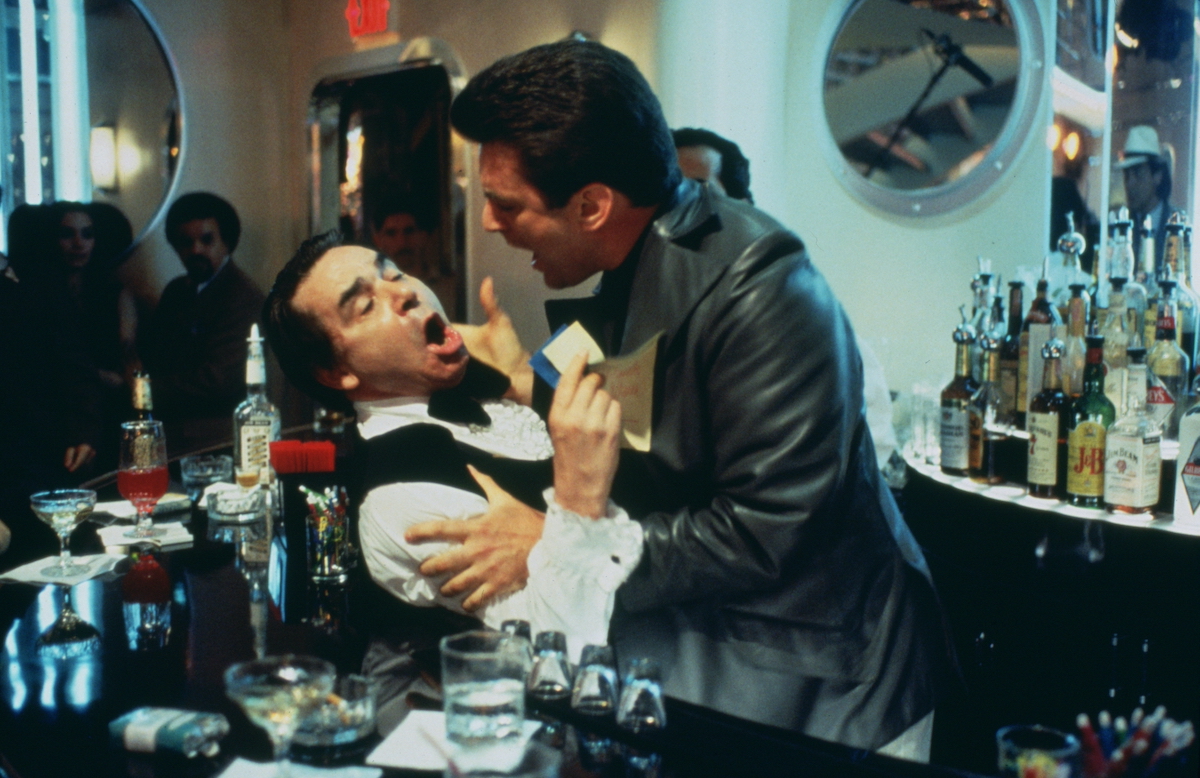
Carlito’s Way opens, in fact, with the final bullet: the first image is a gun barrel pointed at the camera, seen from Carlito’s point of view, the gunman just about recognisable if you know who you’re looking at but not to a first-time viewer. From this gun will come a shot that strikes Carlito, and—after a brief prologue where he muses on his fate while being rushed to the hospital—the entire movie is told in flashback, a technique most famously associated with Ambrose Bierce’s 1890 short story An Occurrence at Owl Creek Bridge (much of which takes place in the imagination of the protagonist at the moment of his execution) but also sometimes used to good effect in film—for example in Carnival of Souls (1962) and Donnie Darko (2001)
I say the weapon is wielded by a “gunman” rather than a “killer” because Douglas Keesey interestingly suggests, on one of the excellent commentaries accompanying this Arrow Video Blu-ray, that Carlito may not die; nearly everyone writing on the film assumes that he does, but we only have his own assumption in voiceover to go by. So it is possible that Carlito’s Way is a more optimistic movie than it appears.
As Carlito (Pacino) is wheeled through New York’s Grand Central Station, his gaze falls on an advertising poster—highlighted by De Palma in full colour within the black-and-white frame—apparently advertising Paradise Island in the Bahamas. It reads ‘Escape to Paradise’, and if we hadn’t guessed already from the use of colour, the rest of the film will confirm that it’s very heavy with meaning (indeed, Carlito’s Way closes with it too). Not only does Carlito literally want to move to this island, but he also wants to escape his past to a happier future. Although, of course, it’s always possible he’s now on his way to a different, eternal kind of Paradise.
Now the flashback begins, fully in colour. It’s the 1970s and Carlito (described later as having been “the J.P Morgan of the smack business”) is about to be freed from jail, his conviction on drug offences overturned thanks to improprieties in the investigation. His lawyer Kleinfeld (Penn) is with him in the courtroom; the agent who put him away (James Rebhorn) looks decidedly disgruntled. The judge, incidentally, is played by Paul Mazursky, who was coming to the end of his writing-directing career (his film The Pickle had been a flop earlier in the year, and he would make few more behind the camera, although he continued acting).
After leaving the courtroom, Carlito and Kleinfeld go to a disco, where the former discloses that he plans to go straight, but the latter is sceptical. Carlito then returns to his Puerto Rican neighbourhood, where he meets up with his old pal Pachanga (Luis Guzmán); he also agrees, already apparently wavering in his resolution to avoid crime, to carry out a drug deal at a local bar.
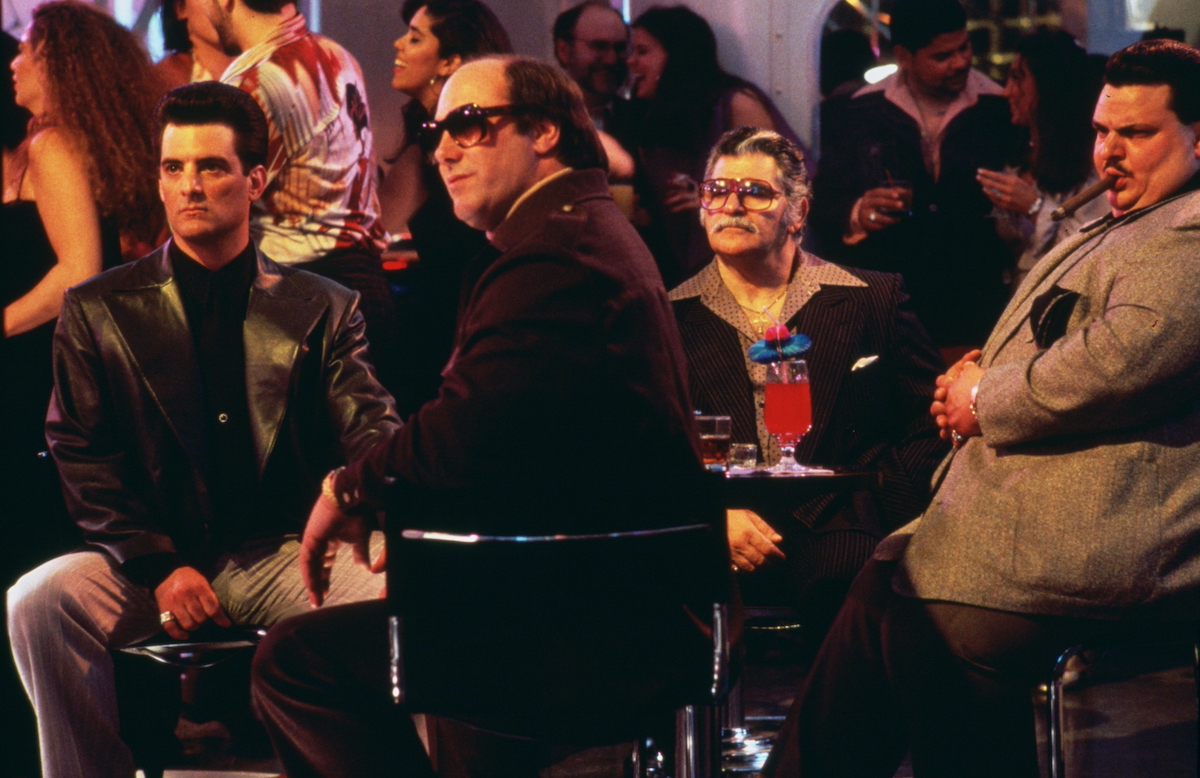
What follows is pure De Palma. Carlito goes in a red car to a red room, the director’s colour symbolism quite blatant, where he ends up in a slick shootout, the first of several brilliantly-staged set pieces where every element matters both in building up the sense of threat and in communicating precisely what happens: from the dancing girls in the background, to the game of eight-ball, to the location of the bathroom.
With some cash in his pocket after the botched deal, Carlito now takes over a nightclub—El Paradiso, the name referencing paradise again—and before long meets up with his former girlfriend Gail (Penelope Ann Miller) at the strip club where she works. It’s again a space that’s inescapably red. Just as ominous as the colour, though, is his agreement to help Kleinfeld with a crazy scheme to bust another client out of jail…
While De Palma’s stamp is all over this film, it never overwhelms the cast, and even if the director can (as always) be a little too mannered for some tastes, his actors are a joy. Pacino is consistently credible as Carlito, though he suffers from the problem that the character is rather passive and not too interesting, and (as in Scarface) his vocal delivery is rather odd; possibly an attempt to imitate an accent.
The stand-out isn’t so much the star but Penn as Kleinfeld, in a magnificently horrible rendering of a thoroughly corrupt man; he is, we come to realise, all untrustworthy surface even when he is seemingly frank and friendly, and we only just glimpse beneath that surface a few times when he’s terrified or (most notably) at a party scene where he almost cries to Carlito. Penn portrays drunken coke-addled paranoia very well, too.
The Carlito-Kleinfeld relationship is key to Carlito’s Way. Kleinfeld (ironically a man of the law, at least in name) represents all the bad stuff Carlito is trying to get away from. On this Arrow Blu-ray’s extras Matt Zoller Seitz argues that Kleinfeld is infatuated with Carlito, while Keesey sees it the other way round; either way, a kind of mutual dependency between them is painfully evident even if neither would acknowledge it.
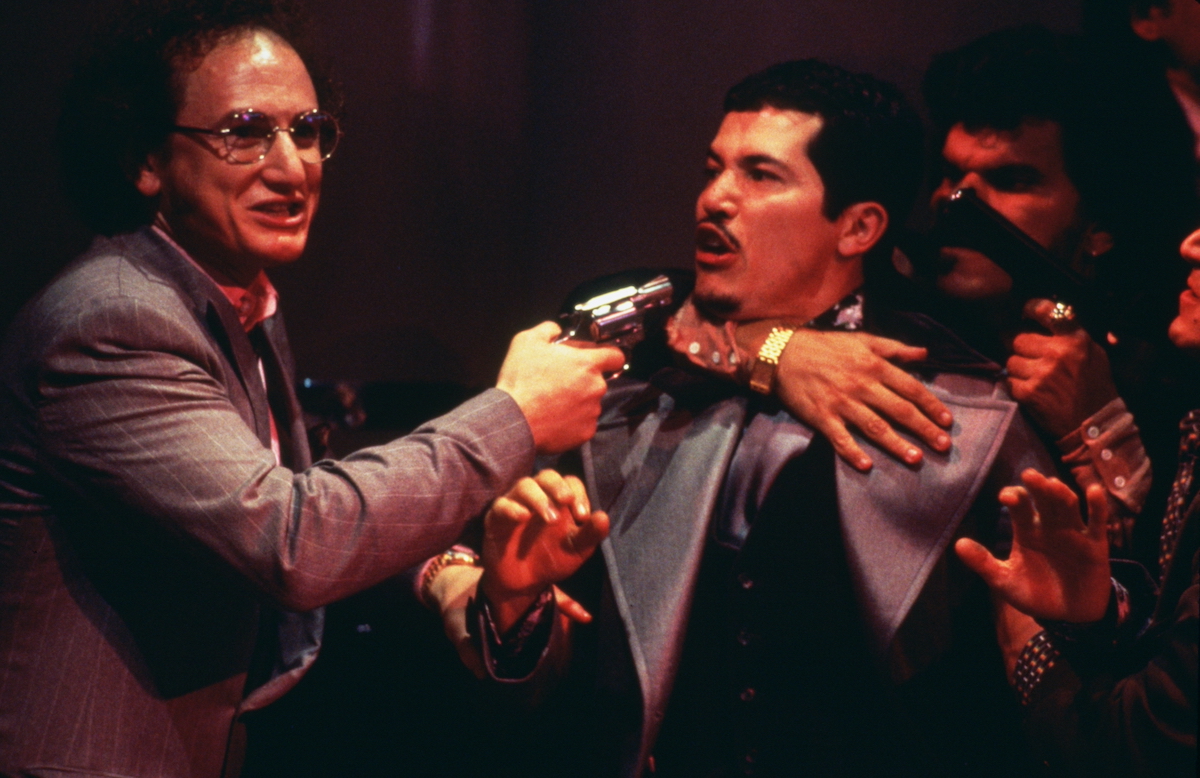
Miller as Carlito’s ex-girlfriend, whom he’d like to be his girlfriend again, is quietly persuasive, though she has little part to play in the storyline in her own right. We know nothing of her beyond what Carlito does, and she exists largely to be an impossible dream. Indeed she says reprovingly to him: “I had a dream, Charlie, but now I’m awake.”
Also notable are Jorge Porcel as the portly, weak-willed manager of Carlito’s club, Viggo Mortensen in a cameo as an ex-con in a wheelchair, and a deliciously amoral Leguizamo as a small-time hood who wants to be a big-time one, although Rebhorn—a terrific if often typecast actor—is rather wasted.
The score by the prolific Patrick Doyle, who also composed a march for the coronation of King Charles III, occasionally relies on the obvious—the tragic strings at the beginning, for example—but at its best the music is original and powerful. Doyle creates a foreboding mood in a party scene, echoing the opening moments of John Williams’s Jaws (1975) score as Kleinfeld walks into danger, and there’s an exciting accompaniment to chase on a train all lead up to a musical climax at Grand Central Station that has the feel of a symphony’s last movement. Elsewhere on the soundtrack, Joe Cocker’s version of “You Are So Beautiful” is also used to poignant if unsubtle effect.
All these contributions help make Carlito’s Way one of De Palma’s finer films, but they don’t hold him back, and his characteristic exploitation of visuals—sometimes tricksy, sometimes profound—is apparent throughout.
In the former category, perhaps, stands his technically impressive change of point-of-view near the beginning, where we appear to be seeing things through Carlito’s eyes as he lies on the gurney, and then are imperceptibly edged by the moving camera toward a completely different POV from above him. Possibly it’s an out-of-body experience and we’re still in his POV, though?
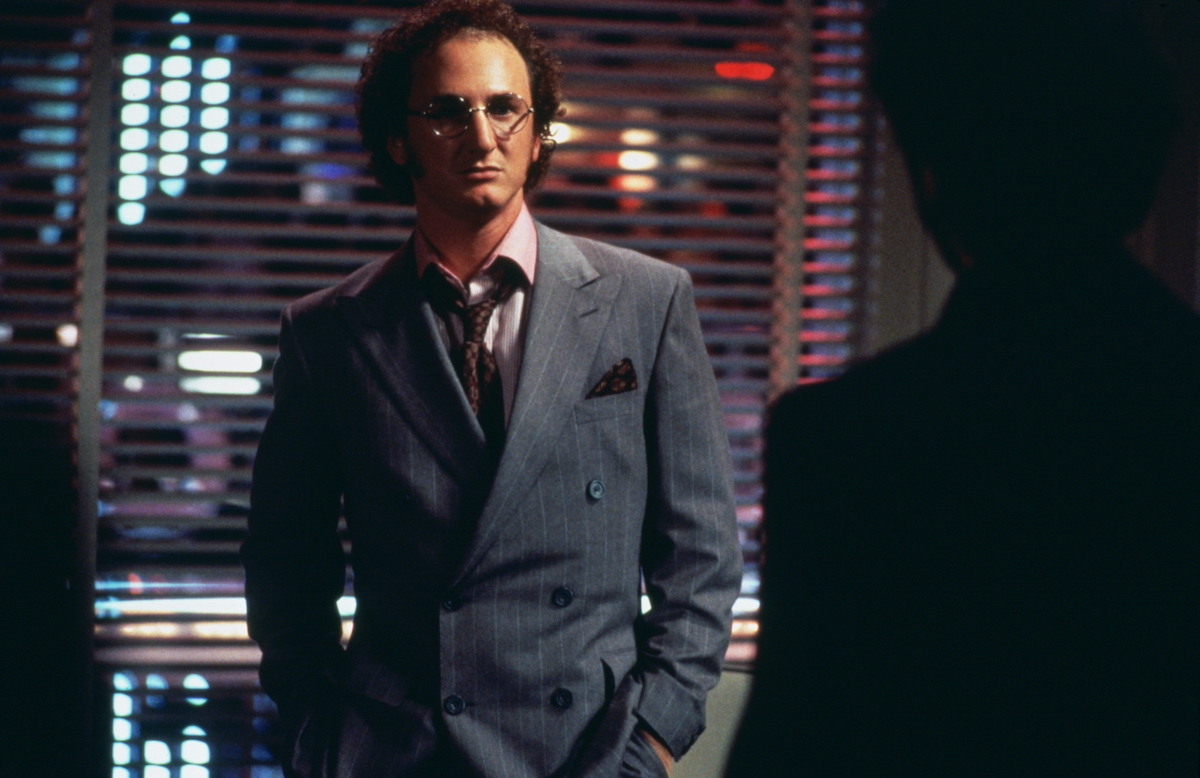
Yet into the latter, more profound, category could fall the use of black-and-white in that same scene. Since everything in colour (apart from the poster, which perhaps Carlito has seen before) is in the past, is De Palma saying to us here that this is really a black-and-white movie—as befits a noir—and Carlito’s coloured memories (which also contain, in turn, still earlier memories) are exaggerated or unreliable?
Steadicam and handheld shots abound throughout, mostly to good effect, as does frequent tilting of the camera to suggest unstable situations. Some shots are pure imagery (i.e. the close-ups in a face-off between Carlito and Benny) and others are pure 1990s gloss (i.e. Carlito leaving his shiny club for a shiny rain-swept street). Occasionally the camera lies outright, like when Carlito is watching a dance class through a window: we seem to have his POV but we don’t, because we’re much closer to the window than he could possibly be. Or is this unreliable memory again?
There is great attention to incidental detail, too, like the bystanders during the train chase and in the background in the climactic Grand Central Station chase, as well as some meticulous and complex choreography, particularly in the early bar shootout and at Grand Central (even if the sheer length of that sequence does mean that the hiding and seeking risks descending into farce, as the breathtaking similar sequence in The Untouchables never does).
But some of the most powerful scenes aren’t elaborate in the slightest, like Carlito’s discussion with the wheelchair-bound Lalin (Mortensen). The genius there lies in the writing; it’s clear to audiences from early on that Lalin is an informant, and indeed this is revealed overtly both to us and to Carlito soon enough. But what we don’t expect is the nature of Lalin’s plea for mercy that follows.
And the violence in Carlito’s Way is both sudden and almost palpably shocking, without being excessively ornate: Kleinfeld’s gun appearing from nowhere in a club scene, for example, or Carlito knocking down Gail’s door, or smashing the mirror in her bathroom.
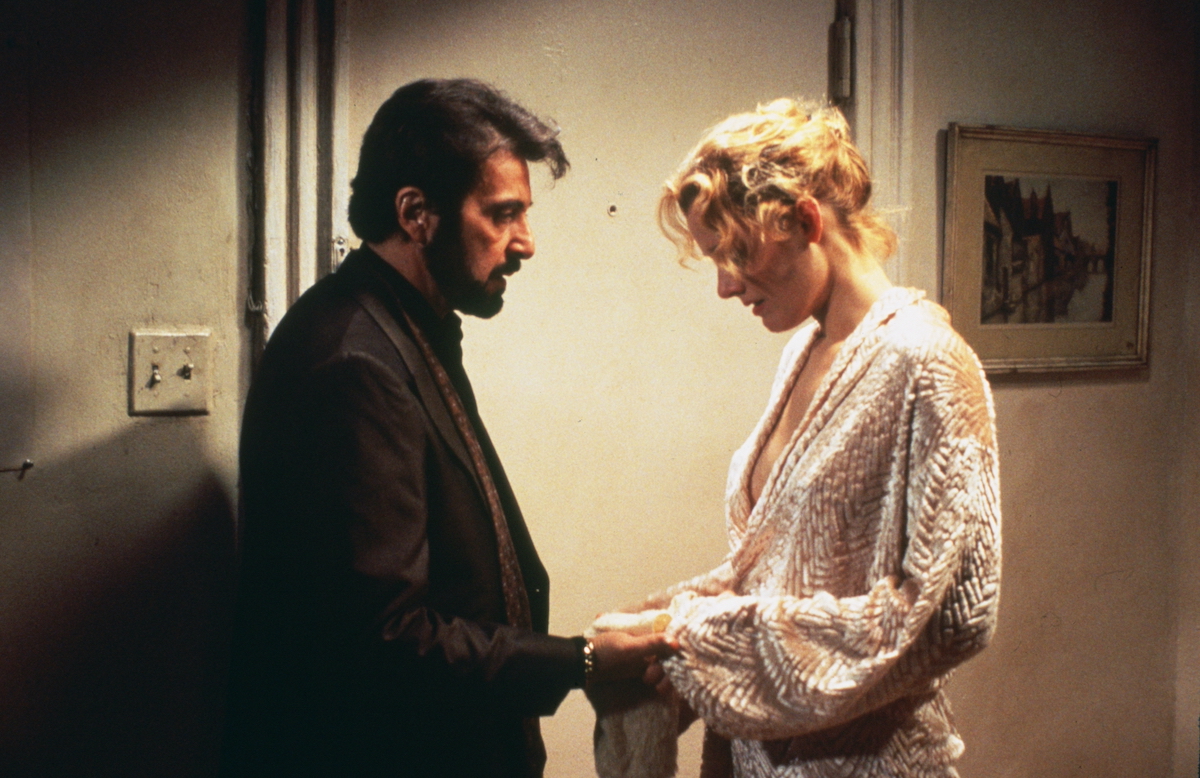
Style isn’t purely for its own sake in Carlito’s Way, either, as it can sometimes seem in De Palma films. One of the most impressive uses of the visual to convey narrative ideas comes early when Kleinfeld is visiting his client on a prison barge. A long, fluid, flamboyant shot of the lawyer starts overhead, perhaps a few dozen feet away from him; then comes closer, though not quite into a close-up… then pulls back to show that he’s walking on a long pathway with a high fence on both sides. Kleinfeld can only go in one direction, and it may not be a good one.
Now the camera pulls back and back again, over the water—water which will soon come to have huge significance to the plot of Carlito’s Way—and also ahead of Kleinfeld, to finally reveal the barge at the end of the pathway: the destination of his possibly doomed walk, and not coincidentally as different a boat as could be from the idyllic yachts of Carlito’s Bahamas dream.
All this has been one very extended, very spacious-feeling shot. Now the visual mood changes entirely; we’re inside the barge and things are extremely cramped; the ceiling seems to almost touch the head of Kleinfeld’s client (Joseph Siravo) as he walks to the desk where he will confer with the lawyer. But like Kleinfeld a few moments ago, he’s walking along a passageway, with no chance to turn; the place where he is heading is, also, unavoidable.
Later on, indeed, the events that finally seal Kleinfeld’s fate will also reach a head in a corridor, and it’s no exaggeration to say (as Seitz does on the Blu-ray extras) that Carlito’s Way raises issues of free will and predetermination. Even if they aren’t directly expressed they are unavoidable, and perhaps the tragedy of Carlito is that he thinks he is launching himself on the opposite trajectory to Kleinfeld (“You ain’t a lawyer no more, Dave, you’re a gangster now,” he says), while in fact he’s on the same one.
The root of this tragedy is the conflict between Carlito’s intention to go straight and his loyalty to his old friends—belief in a code of honour which (as both Kleinfeld and Pachanga comment) may not even exist any longer, is his downfall. Indeed, we learn in the colour section’s final moments that he’s been fatally betrayed by a close confidant, although it’s interesting that the man we wrongly believe until those moments to be the prime threat is acting from a sense of honour. Could this be why Carlito recognises this danger, but not the other one?
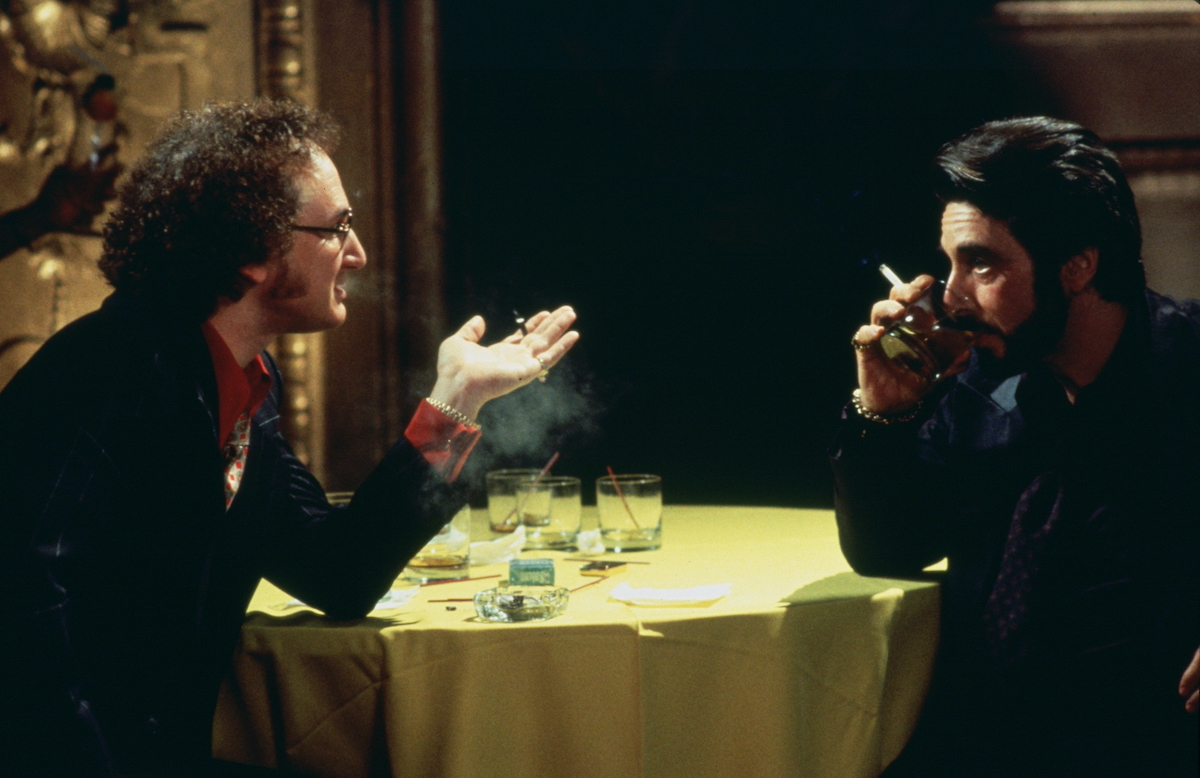
Personality isn’t the only factor; age may be, too. Carlito admits to Gail that he can’t change himself, and another line—“ain’t no more rackets out here, just a bunch of cowboys ripping each other off”—also seems to confirm that his generation’s ways are a thing of the past.
In the end, these things can only be speculated on (and indeed Keesey, on this disc’s extras, is sceptical, which few writers are, on the wholeheartedness of Carlito’s intention to reform). That is to some extent a strength of Carlito’s Way—it doesn’t hand us themes or motivations on a plate—but it does also point up a weakness of the film: Carlito is passive (he rules out actively killing people as a way to solve his problems, but he never really seeks any effective alternative), and we simply don’t know much about him. He talks a lot in voiceover but doesn’t disclose much of what makes him tick. His dark glasses are appropriate.
As a result, we can only really understand him as a composite of other movie characters, not just ex-cons trying to avoid crime like Dustin Hoffman in Straight Time (1978) but any number of noir protagonists adrift in a world where they don’t quite belong. And a similar criticism could apply to many of the other characters, a niggling sense that they are tokens rather than fully-formed people, giving the film a certain slightness despite its timeless themes (explored by so many westerns as well as crime movies).
In these respects, Carlito’s Way, for all its undoubted strengths, does fall short of masterpiece status. But it is, in the end, an exceptionally well-done retread of what had come before (including in Scarface) rather than something truly original. But it’s so vividly well done, and so well acted, that while you’re watching it none of that seems to matter.
USA | 1993 | 144 MINUTES | 2.35:1 | BLACK & WHITE • COLOUR | ENGLISH • SPANISH • FRENCH

The transfer of this relatively modern film is as entirely satisfactory as you’d expect, though some of the chapter divisions seem like odd choices. The selection of extras is generous, with outstandingly good commentaries from Douglas Keesey and (especially) Matt Zoller Seitz almost warranting an extra half-star.

director: Brian De Palma.
writer: David Koepp (based on novels by Edwin Torres).
starring: Al Pacino, Sean Penn, Penelope Ann Miller, John Leguizamo, Ingrid Rogers, Luis Guzmán & James Rebhorn.
